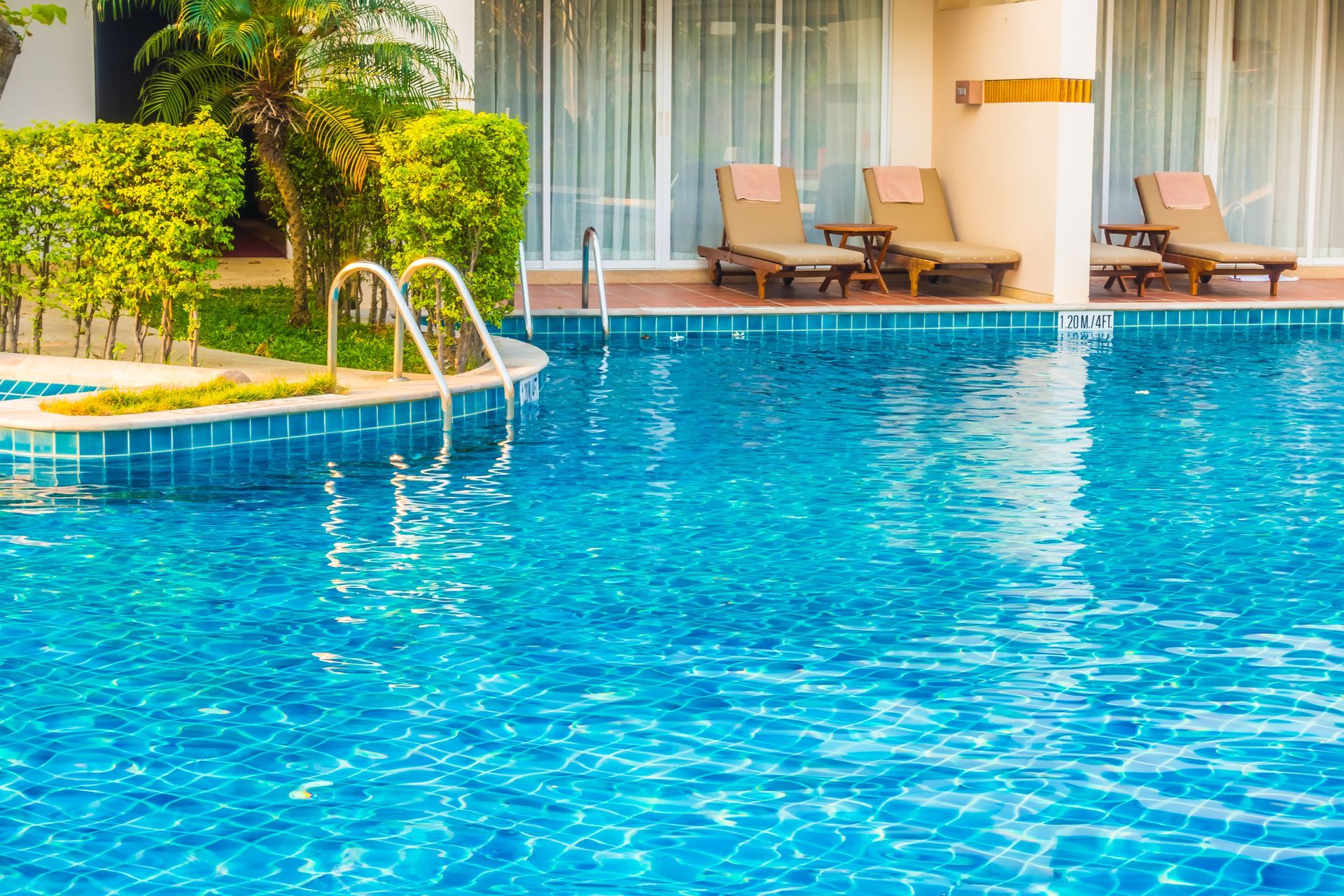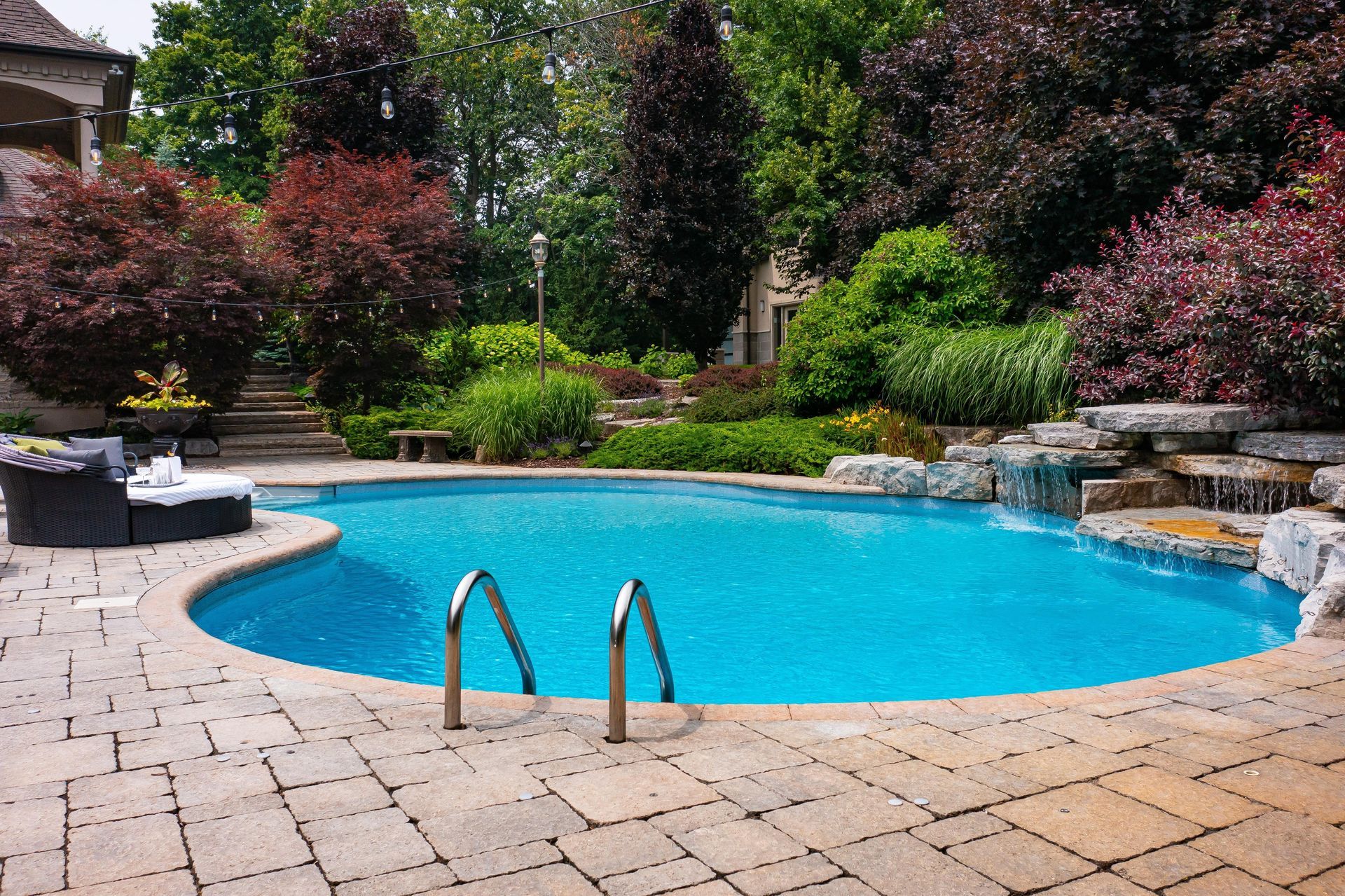The Ultimate Guide to Lawn Care
The Ultimate Guide to Lawn Care
A beautifully maintained lawn is often the pride of any homeowner, adding both aesthetic appeal and value to your property. However, achieving a lush and thriving yard requires commitment and knowledge. In this blog post, we’ll explore essential lawn care tips to help you keep your grass healthy and vibrant throughout the seasons.
Key Lawn Care Practices
1. Mowing Techniques
Lawn mowing in North Highlands, CA is a fundamental part of lawn care. However, how you mow can impact the health of your grass significantly.
- Height Matters: Aim to cut your grass to an appropriate height, typically around 2.5 to 3.5 inches, depending on the grass type. Taller grass encourages deeper root growth and shades weeds, reducing their further development.
- Sharp Blades: Always use sharp mower blades for a clean cut, which minimizes stress on the grass and reduces the risk of disease.
- Mow Regularly: Depending on the growth rate, mowing every 1 to 2 weeks during the growing season is essential.
2. Water Wisely
Watering your lawn can be tricky, but it’s crucial for maintaining its health.
Schedule: The best time to water is early in the morning, which reduces evaporation and allows grass to absorb moisture before the heat of the day.
Deep Watering: Instead of frequent light watering, aim for deep watering sessions (about 1 to 1.5 inches of water per week) to help roots develop deeper into the soil.
3. Fertilization Techniques
Fertilization replenishes nutrients in your soil, which are essential for healthy grass growth.
Choose the Right Fertilizer: Use slow-release nitrogen fertilizers, which provide a steady supply of nutrients over time.
- Soil Testing: Conduct a soil test to determine the nutrient composition of your soil, which will guide you in adjusting your fertilization strategy.
4. Aeration for Healthy Roots
Soil compaction can prevent your turf from absorbing nutrients and water.
- Aerate Annually: Aerate your lawn annually (or biannually for high-traffic areas) to relieve compaction and allow for air, water, and nutrients to penetrate the soil.
- Timing: The best time to aerate is during the transition periods of spring or fall when the grass is actively growing.
5. Weed Control
Weeds can choke out your grass if left unchecked.
- Preventative Measures: Apply a pre-emergent herbicide in fall or early spring to prevent weed seeds from germinating.
- Manual Removal: Regularly inspect your lawn and pull out visible weeds by hand or use targeted spot treatments with herbicides.
6. Pest Management
Be on the lookout for pests, which can cause major damage if not dealt with promptly.
- Identify the Issue: Determine the type of pest problem you’re dealing with and use appropriate treatment plans, such as insecticidal soaps or nematodes for grubs.
- Natural Predators: Encourage beneficial insects, such as ladybugs and lacewings, to establish a natural pest control system.
Conclusion
Investing time and effort into proper lawn care can lead to a vibrant and healthy yard. Remember to adopt practices that are suitable for your specific grass type and local environmental conditions. With the right techniques, you can transform your lawn into a beautiful green oasis that you and your family can enjoy year-round.
If you have any questions or need assistance with your
lawn care routine, contact
Legendary Lawn & Pool Care at
(916) 810-2273 or by email at
info@lawnnpool.com. Happy gardening!








